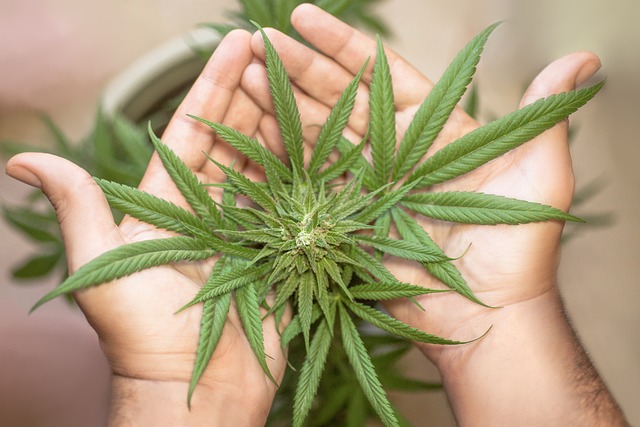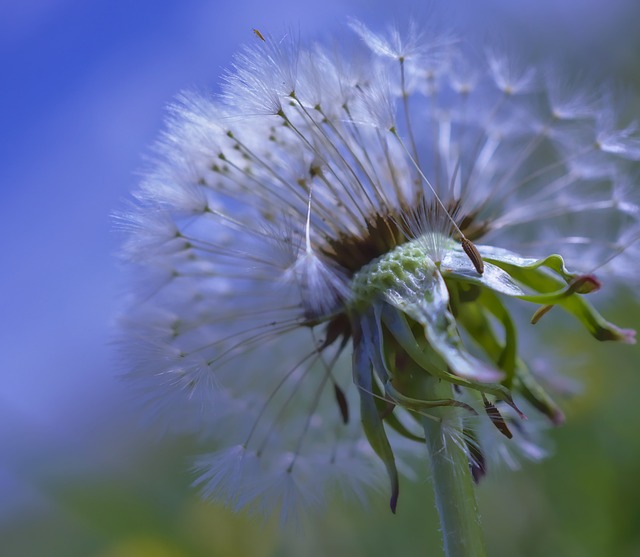Lab reports for THCA flowers are critical for assessing their potency and purity, providing consumers with detailed information on the precise chemical composition, including levels of THCA, CBD, CBN, and terpenes. These reports ensure users can make informed decisions about their cannabis consumption, offering a safe and consistent experience while highlighting the non-psychoactive nature of THCA that may alleviate mild side effects like dry mouth or drowsiness. For those interested in the therapeutic benefits of cannabis without psychoactive effects, these lab reports are an indispensable tool. They offer a clear understanding of the chemical makeup of THCA flowers, which is essential for safe and effective use aligned with personal wellness objectives. In the realm of cannabis research and usage, THCA flower lab reports stand out as a cornerstone resource, guiding both consumers and researchers in the utilization and study of these compounds within the endocannabinoid system.
Exploring the intricate world of cannabinoids, this article delves into the multifaceted effects of THCA (Tetrahydrocannabinolic Acid) flowers, offering a detailed analysis of their lab reports and potential side effects. As an emerging alternative to its psychoactive counterpart, THC (Tetrahydrocannabinol), THCA flowers have garnered attention for their therapeutic benefits and unique chemical profile. We will dissect the science behind these lab reports to understand their implications on user health, explore the cannabinoid and terpene dynamics that influence side effects, and provide a comprehensive guide to navigating the potential risks associated with THCA flower consumption. Join us as we unravel the facts, address common concerns, and offer expert insights to ensure informed decision-making in the realm of responsible THCA flower use.
- Unveiling THCA Flower: A Comprehensive Overview of Its Lab Reports and Potential Side Effects
- What Are THCA Flowers? An Insight into Their Chemical Makeup and Usage
Unveiling THCA Flower: A Comprehensive Overview of Its Lab Reports and Potential Side Effects

Laboratory analysis plays a pivotal role in characterizing the potency and purity of THCA (Tetrahydrocannabinolic Acid) flower, an unrefined form of cannabis that has garnered attention for its potential therapeutic properties. THCA lab reports are critical for consumers to understand the exact chemical makeup of the product they are considering. These reports detail the concentration of THCA, other cannabinoids like CBD and CBN, as well as terpenes and their ratios, which influence the flower’s effects and efficacy.
The THCA flower, in its raw state, is known for its therapeutic benefits, including pain relief, anti-inflammatory properties, and potential neuroprotective effects. However, it is not without its side effects. While it is non-psychoactive, meaning it does not induce a ‘high’ like its decarboxylated form THC (Tetrahydrocannabinol), some users may experience mild side effects such as dry mouth, red eyes, and occasional drowsiness. These are typically considered minor when compared to the psychoactive effects of THC. It is crucial for individuals to consult with healthcare professionals before incorporating THCA flower into their wellness regimen, especially if they have underlying health conditions or are taking other medications. The comprehensiveness of THCA lab reports ensures transparency and safety, enabling users to make informed decisions based on the accurate representation of what the product contains. This rigorous testing is indispensable for those seeking reliable and consistent effects from their cannabis products.
What Are THCA Flowers? An Insight into Their Chemical Makeup and Usage

THCA flowers, which contain Tetrahydrocannabinolic Acid (THCA), are a non-psychoactive form of cannabis that have gained attention for their therapeutic potential. These flowers are rich in THCA due to their fresh, uncured state, which differs from the more common tetrahydrocannabinol (THC) form found in cured cannabis. Laboratory reports on THCA flowers provide a comprehensive analysis of their chemical composition, including the concentration of THCA, other cannabinoids like CBD and CBN, as well as terpenes that contribute to their distinct aromas and effects. The presence of THCA is particularly significant as it is the precursor to THC upon proper heating or decarboxylation process. Users interested in the potential wellness benefits of cannabis often seek out THCA flowers for a more direct interaction with this non-intoxicating compound. The chemical profile of THCA flowers, as detailed in lab reports, helps consumers and researchers understand the precise nature of these compounds and their interactions within the body’s endocannabinoid system, thereby informing safe and effective usage based on individual needs and preferences.
THCA flower, rich in tetrahydrocannabinolic acid (THCA), offers a range of potential benefits as detailed throughout this article. However, it is imperative to approach its use with caution, as like all substances, it carries side effects that should not be overlooked. A thorough examination of THCA flower lab reports underscores the importance of understanding the precise chemical composition and the associated effects. Users are encouraged to consult with healthcare professionals for personalized guidance, ensuring a safe experience with THCA flowers. With informed use, the therapeutic properties of THCA can be harnessed effectively while mitigating potential adverse reactions.
